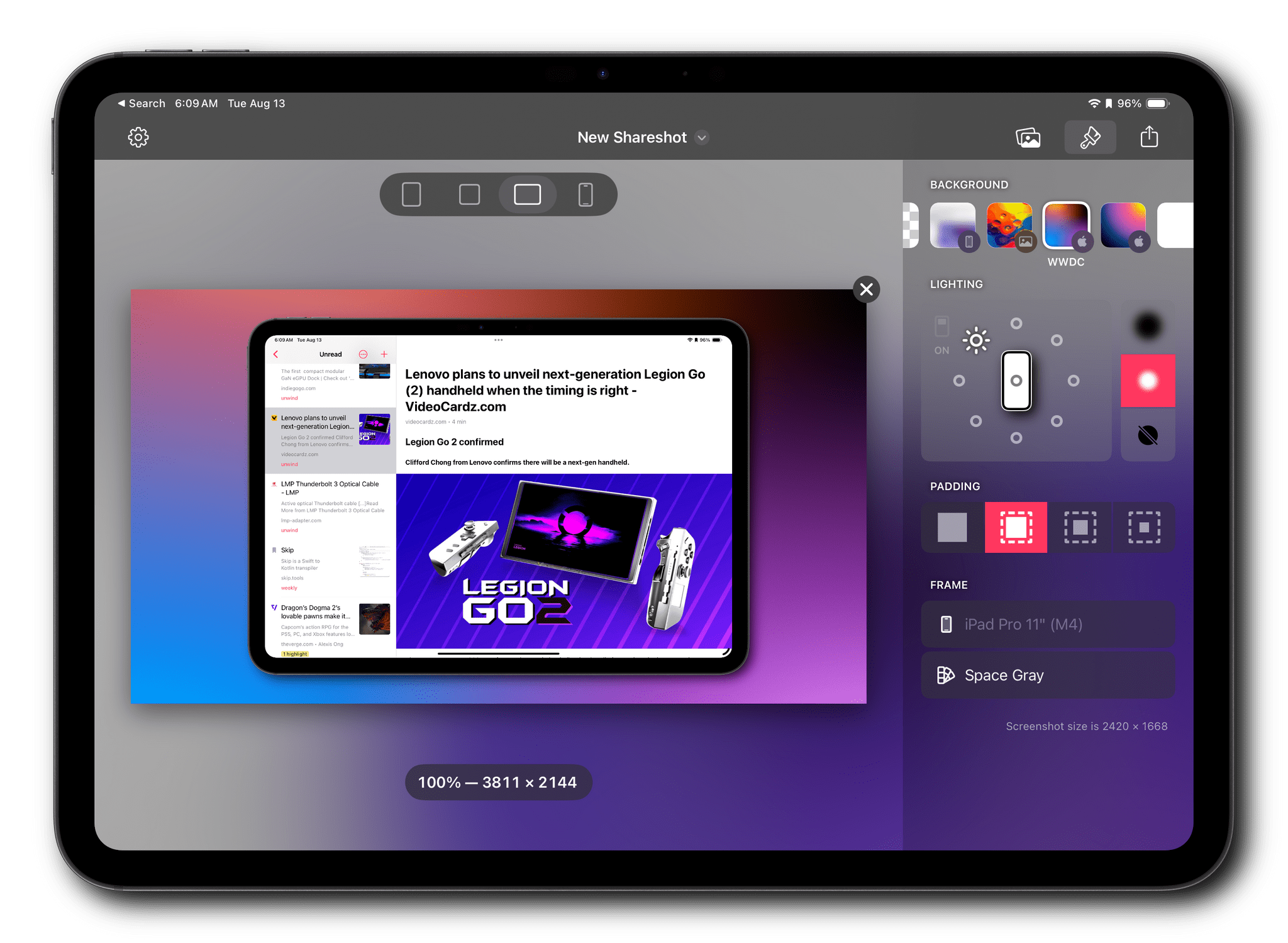Architecture and design site, Dezeen has an exclusive first look at The Observatory, a new events space built into the side of a hill at Apple Park. The building, which is near the Steve Jobs Theater, will open officially later today, presumably for the iPhone media event.
Apple’s global head of design (real estate and development) John De Maio told Dezeen:
When we built Apple Park, we wanted the entire campus to be seamlessly integrated into the landscape, and this building follows that same approach,
With its stunning views of the campus greenery and the mountains ringing the horizon, The Observatory truly is an extension of Apple Park, showcasing the best of California and the best of the natural environment around us,
The building brings in the natural stone, terrazzo and wood elements that are featured in The Steve Jobs Theater and across Apple Park. It’s a design that complements both the landscape and its neighboring buildings on campus.
The Observatory looks spectacular. Don’t miss the photos shared by Dezeen on its site.










](https://cdn.macstories.net/banneras-1629219199428.png)